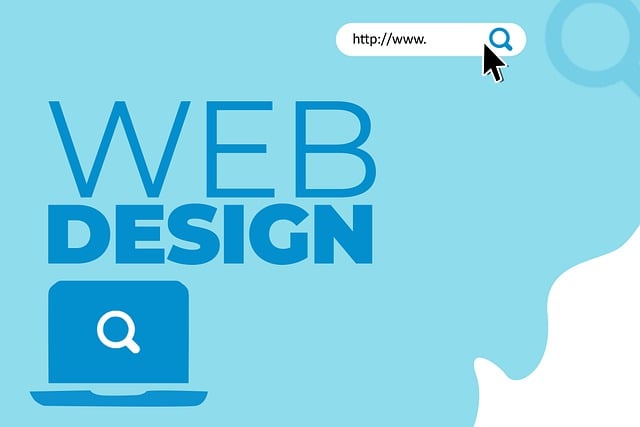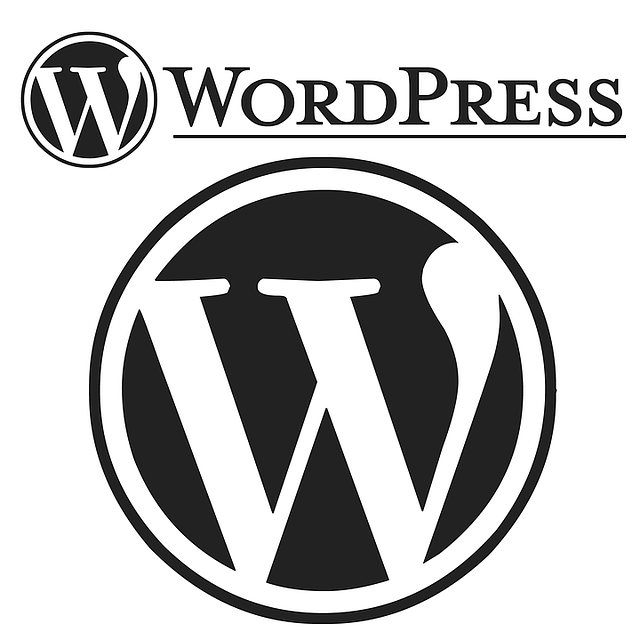Creating a high-quality WordPress website involves balancing visual aesthetics, functionality, and SEO best practices. Key elements include responsive layouts for cross-device compatibility, fast loading times, consistent branding, strategic white space, clear typography, and effective call-to-action placements. A superior WordPress design combines clean lines, minimalism, and intuitive navigation with high-impact visuals, structured content, and interactive features. Prioritizing user experience (UX) ensures positive interactions and enhances load times and accessibility. Mobile optimization is crucial, as most users access sites via mobile devices. Effective SEO practices, including keyword optimization, fast loading times, and regular content updates, boost online visibility and organic traffic. Robust security measures, such as regular updates, strong passwords, two-factor authentication, and SSL certificates, protect against malware and data breaches.
In today’s digital landscape, a high-quality WordPress website is essential for businesses aiming to make a strong online presence. This comprehensive guide delves into the key elements that define exceptional WordPress design. From understanding core design standards and user experience optimization to mobile responsiveness and robust SEO integration, we explore practical strategies. Additionally, we highlight critical security measures to safeguard your investment. By mastering these aspects, you’ll create engaging websites that not only captivate visitors but also drive business growth.
Understanding High-Quality WordPress Design Standards

Creating a high-quality WordPress website begins with understanding and adhering to robust design standards. These standards encompass not just visual aesthetics but also functionality, usability, and search engine optimization (SEO) best practices. A well-designed WordPress site should strike a balance between captivating visuals and seamless navigation, ensuring visitors have an intuitive and enjoyable experience.
Key aspects of WordPress Design include responsive layouts that adapt beautifully to various devices, fast loading times for improved user experience and SEO rankings, and consistent branding elements that reinforce the brand’s identity. High-quality design also involves strategic use of white space, clear hierarchy through typography and color, and effective call-to-action placements. These principles collectively contribute to a site that not only looks stunning but also converts visitors into engaged users.
Essential Elements of a Superior WordPress Website

A superior WordPress website is crafted with a meticulous blend of aesthetics and functionality, ensuring it stands out in the digital landscape. At its core, WordPress Design revolves around creating visually appealing interfaces that are not just aesthetically pleasing but also user-friendly and intuitive. A high-quality design seamlessly integrates modern trends like clean lines, minimalism, and responsive layouts to deliver an optimal viewing experience across all devices.
Essential elements of such a website include a well-defined navigation structure, optimized for ease of use; high-impact visuals that convey the brand’s identity and engage visitors; and content presented in a structured, digestible format. Additionally, seamless integration of interactive features like forms, sliders, and multimedia enriches user interaction. Fast loading times, robust security measures, and regular updates are also vital to safeguard against modern threats and ensure uninterrupted performance.
The Role of User Experience in WordPress Development

In the realm of WordPress development, user experience (UX) plays a pivotal role in crafting high-quality websites. A well-designed WordPress site should be intuitive, visually appealing, and easy to navigate, ensuring visitors can effortlessly find the information they seek. By prioritizing UX, developers create a seamless digital experience that keeps users engaged and encourages them to explore further. This involves careful consideration of layout, color schemes, typography, and interactive elements to foster a positive and memorable interaction with the site.
WordPress design is not solely about aesthetics; it’s about creating a platform that caters to user needs. Balancing functionality and visual appeal allows for effective communication of the brand’s message and objectives. A well-optimized UX enhances load times, improves accessibility, and ensures responsiveness across various devices, making WordPress sites versatile and accessible to a diverse audience.
Optimizing for Mobile: Why It Matters and How to Achieve It

In today’s digital landscape, having a website that optimizes for mobile is no longer a consideration—it’s a necessity. With most internet users accessing websites through smartphones and tablets, WordPress design must be responsive and user-friendly across all devices. This ensures that your site’s performance isn’t compromised when viewed on smaller screens, providing a seamless experience for every visitor.
Achieving mobile optimization in WordPress involves using responsive themes that adapt to different screen sizes, implementing fast loading times, and ensuring touch interactions are intuitive. Plugins like AMP (Accelerated Mobile Pages) can also be integrated to enhance speed and performance. Additionally, regular updates to both the WordPress core and plugins are crucial to keeping your site secure and up-to-date with the latest mobile standards.
Integrating SEO Best Practices into Your WordPress Site

Creating a high-quality WordPress website isn’t just about aesthetics; it’s also about optimizing for search engines. Integrating SEO best practices into your WordPress site can significantly improve its online visibility and attract more organic traffic. Start by selecting a SEO-friendly WordPress theme that prioritizes structured data, fast loading times, and responsive design. This forms the foundation for a successful SEO strategy.
Next, focus on keyword optimization. Conduct thorough keyword research to identify relevant terms your target audience is searching for. Strategically incorporate these keywords into your page titles, headings, meta descriptions, and content bodies. Additionally, ensure your site maps are up-to-date and submitted to Google Search Console for better indexing. Regular updates, high-quality content, and building quality backlinks will also contribute to boosting your WordPress site’s SEO performance.
Security Measures for Protecting Your WordPress Investment

Creating a high-quality WordPress website isn’t just about aesthetics and functionality; it’s equally crucial to implement robust security measures to protect your digital investment. WordPress, being an open-source platform, can be vulnerable to various online threats, including malware, brute-force attacks, and data breaches. To safeguard your site, regularly update WordPress core, themes, and plugins to patch known vulnerabilities. Utilizing strong, unique passwords for all user accounts and enabling two-factor authentication adds an extra layer of security.
Consider integrating a reputable security plugin that offers features like firewall protection, malware scanning, and login monitoring. These tools can help detect and block malicious activities before they cause significant damage. Additionally, keeping your website’s data encrypted through SSL certificates ensures secure communication between the server and visitors, protecting sensitive information exchanged on your site. A secure WordPress design is not just a best practice; it’s essential for maintaining user trust and ensuring your website remains operational and safe in the ever-evolving digital landscape.
